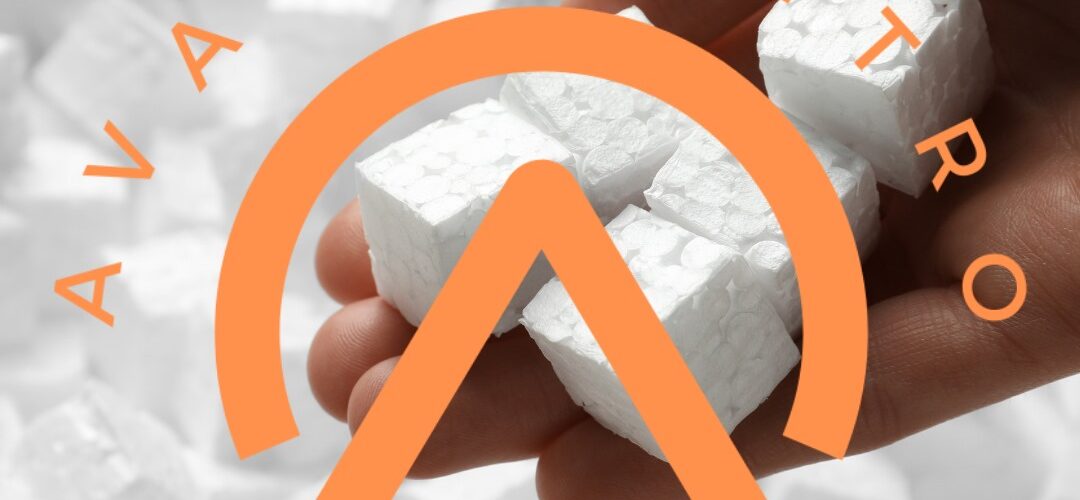Unveiling the Distinctions: EPS vs. Styrofoam
Introduction
In the realm of packaging materials, there’s often confusion surrounding the terms EPS (Expanded Polystyrene) and Styrofoam. Many people erroneously use these terms interchangeably, assuming they refer to the same material. However, it’s crucial to understand that there are distinctive differences between EPS and Styrofoam.
Understanding EPS
EPS, or Expanded Polystyrene, is a versatile plastic material renowned for its insulation properties. Manufacturers produce EPS by expanding and molding polystyrene beads, creating a lightweight and rigid foam. This material finds extensive application in various industries, from construction to packaging.
EPS in Construction
In construction, EPS serves as an excellent insulating material. Its cellular structure traps air, providing an efficient barrier against heat transfer. Builders often use EPS boards for insulating walls, roofs, and foundations, enhancing energy efficiency in structures.
EPS in Packaging
EPS’s lightweight and shock-absorbing characteristics make it an ideal choice for packaging delicate items. From electronics to fragile goods, EPS packaging ensures that products reach their destination intact.
Decoding Styrofoam
Now, let’s delve into Styrofoam, a term commonly misused when referring to EPS. Styrofoam is a trademarked brand of extruded polystyrene foam, not to be confused with expanded polystyrene. The primary distinction lies in the manufacturing process and density.
Styrofoam Manufacturing
Styrofoam is created through an extrusion process that results in a closed-cell foam with a smooth surface. This process imparts a higher density to Styrofoam compared to EPS. The trademarked brand, owned by Dow Chemical Company, is commonly used in crafting insulation boards and disposable food containers.
Styrofoam in Daily Life
Styrofoam’s high-density composition makes it suitable for applications requiring durability and rigidity. Commonly found in disposable cups, coolers, and even as insulation in certain construction projects, Styrofoam has carved its niche in diverse industries.
Environmental Impact
Understanding the environmental implications of EPS and Styrofoam is vital in making informed choices. Both materials have faced scrutiny due to their perceived contribution to pollution.
EPS and Sustainability
EPS has garnered attention for being recyclable. Many recycling facilities accept EPS products, reducing the environmental impact. The ability to repurpose EPS materials into new products contributes to sustainability efforts, making it a preferred choice for eco-conscious consumers.
Styrofoam and Challenges
On the other hand, Styrofoam faces challenges in terms of environmental impact. Its higher density and lack of widespread recycling options contribute to concerns about long-term sustainability. As the push for eco-friendly alternatives gains momentum, the environmental aspects of Styrofoam are under increased scrutiny.
Making the Right Choice
When choosing between EPS and Styrofoam, it’s essential to consider the specific requirements of your project or application. EPS excels in scenarios demanding lightweight insulation and protective packaging, while Styrofoam shines in applications requiring durability and higher density.
Conclusion
In conclusion, while EPS and Styrofoam may seem similar at first glance, a closer examination reveals their distinctive characteristics. EPS, with its expanded polystyrene composition, finds favor in insulation and lightweight packaging. Styrofoam, on the other hand, boasts a higher density and is commonly employed in more robust applications.
Written by Emir Narin

